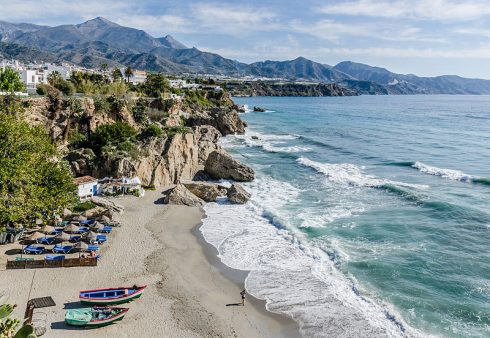
The global pandemic put a sudden stop to cruising around the world on April 9, 2020. On that date the Center for Disease Control issued a no-sail order, which put cruise ships in their quays until further notice. The order has been extended to September 30th as infection numbers continue to rise in many areas, and especially in the United States.
Re-opening
But there will be better times ahead. And while there are still many reasons for caution in regards to travel, the cruise industry is looking toward limited openings as early as this fall.
All major ocean cruise lines are in the process of planning their re-openings. With careful strategies they hope to begin cruising again this fall and have new methods in place to assure the openings are successful. For starters, they will begin small. Most will schedule only a fraction of their ships and travel in restricted areas only as they open. These early cruises tend to be located in Italy with itineraries from Rome to Athens, Rome to Venice or a visit to “Ancient Adriatic Treasures.” As long as these cruises go well, the companies will expand in phases until they reach their full capacity.
It is fully expected that the fares for upcoming cruises will be deeply discounted to attract travelers. The lower prices may be as much as twenty-five to thirty percent cheaper. In addition, many cruises are adding incentives such as shipboard credit up to one thousand dollars per couple per cruise. To encourage the public, there are relaxed cancellation policies offering full refunds should the travelers need to cancel for any reason.
What Has Changed?
The pandemic has most likely changed cruising rules and regulations forever. You can expect to see some of all of the precautions in place on your next cruise:
Staggered boarding and a reduction of interaction/crowds throughout your cruise
Health checks before boarding. You may be given temperature checks both before boarding and at several times during the cruise. You will also fill out a health questionnaire before boarding.
Some expect cruise lines to either refuse passage to those over seventy or require a letter from a medical doctor stating the senior citizen is healthy enough to travel and has no serious chronic illnesses.
A reduction in numbers of people allowed on each cruise. The ships will not operate at full capacity.
A limit of fifty percent capacity in theaters, bars, and entertainment sites onboard.
There will be no self-serve buffet lines. Instead staff members will serve both food and drinks to reduce touch spots.
Staff will conduct sanitation processes more often and more thoroughly.
Crew members may wear masks.
In general, itineraries may be shorter than in the past.
When is it Safe to Plan a Cruise?
While no one can speak for your level of concern about travel, you can make informed decisions based on the number of active cases of the disease and also on your own general health. In addition, you’ve already learned some important health practices such as hand washing, avoidance of touching your face, sanitizing living spaces, wearing a mask in public and the like. You’ll know when it’s time to break free of your home and get out to enjoy a lovely cruise.
To read the latest from the Center for Disease Control, look here.










